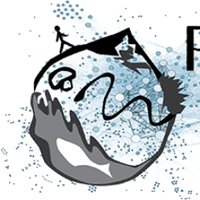Parasites make hosts more profitable but less available to predators
This article has been Reviewed by the following groups
Listed in
- Evaluated articles (Peer Community in Ecology)
Abstract
Parasites are omnipresent, and their eco‐evolutionary significance has aroused much interest from scientists. Parasites may affect their hosts in many ways with changes in density, appearance, behaviour and energy content, likely to modify their value to predators (profitability) within the optimal foraging framework. Consequently, parasites could impact predators' diet and the trophic links through food webs. Here, we investigate the consequences of the infection by the iridovirus Daphnia iridescent virus 1 (DIV‐1) on the reproductive success, mortality, appearance, mobility, and biochemical composition of water fleas Daphnia magna , a widespread freshwater crustacean. We do predation tests and compare search time, handling time and feeding preference between infected and uninfected Daphnia when preyed upon by Notonecta sp., a common aquatic insect. Our findings show that infection does not change fecundity but reduces lifespan and thereby constrains fitness. Infected Daphnia show reduced mobility and increased color reflectance in the UV and visible domains, which potentially affects their appearance and thus vulnerability to predators. Infection increases body size and the amount of proteins but does not affect carbohydrate and lipid contents. Although infected Daphnia are longer to handle, they are preferred over uninfected individuals by aquatic insects. Taken together, our findings show that DIV‐1 infection could make Daphnia more profitable to predators (24% energy increase), a positive effect that should be balanced with a lower availability due to the higher mortality of infected specimens. We also highlight that exposure to infection in asymptomatic individuals leads to ecological characteristics that differ from both healthy and symptomatic infected individuals.


